
|
|
|
|
|
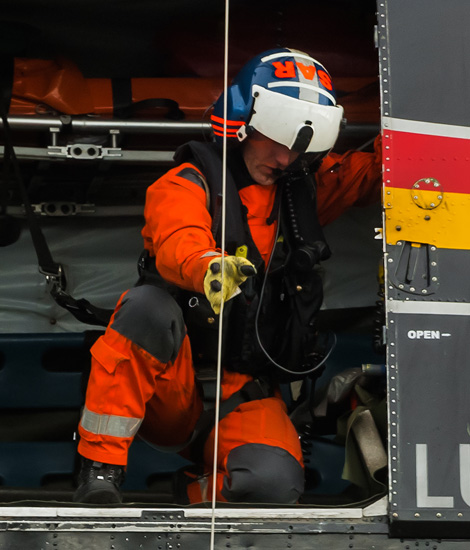
|
The Most Remarkable Scrambles; Koksijde, March 2, 2016
58000 Flight Hours Sea-King, part 2; Text and Photograph's by Alex van Noye
The Belgian Sea-King helicopters are currently still about a third of the time (19 weeks per year) standby for SAR duties. The rest of the time the new NH90 Caiman is on standby. Eventually, the Caiman will completely take over the task of the Sea-King in 2018. The NH90 has been qualified to take over all the SAR tasks.
Over the years there have been many scrambles of which Vandenbroucke wants to emphasize some. One of the most famous scrambles flown with the Sea-King is that of the ferry Herald of Free Enterprise which capsized on June 6, 1987. The crews of the Sea-King were just that night together to celebrate an anniversary at the squadron when the scramble came in. The Herald of Free Enterprise was a British ferry which capsized on March 6, 1987, shortly after leaving for Dover from the harbor of Zeebrugge. The disaster eventually cost 193 lives. The contingency plan was announced by the then Governor of West Flanders. Partly due to the rapid and efficient conduct of the Belgian emergency services, including the Sea-Kings from Koksijde, the amount of dead victims was limited to 193. The 40 Squadron eventually flew more than 22 hours over the water with three helicopters to rescue 28 people from the capsized vessel. The disaster in the Switel hotel which was located at the Kievitplein in Antwerp is still etched in the memory of many Belgians. The hotel became world news when a big fire ignited on New Year's Eve in 1994. A huge fire ignited around 10:50 pm in the Tenerife Banquet of the hotel when two Christmas trees caught fire, because they were too close to the burning candles. There was a fireball and a heat wave which rapidly spread through the room. During this accident two Sea-Kings were scrambled which have transported a total of 12 people with solid burns to various burn centers in Belgium.
During the New Year's Eve of 2000 and 2001 a heavy fire took place in Café Heaven in Volendam in the Netherlands. This incident became known in history books as the café fire of Volendam. The immediate cause was a bundle of sparklers which were ignited. These stars caused that the entire dry Christmas decorations caught fire which were attached to the ceiling. The burning mass fell down in the crowded bar, and caused a major fire. The Dutch authorities asked the Belgians to help during this
|
|
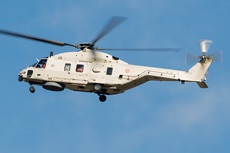
|
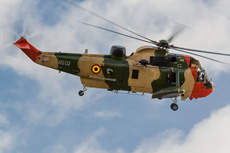
|
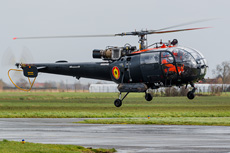
|
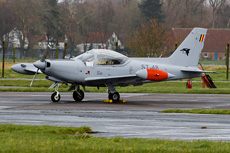
|
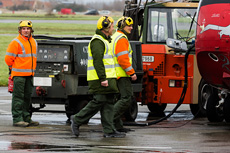
|
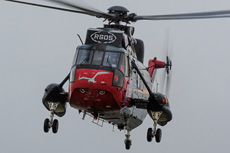
|
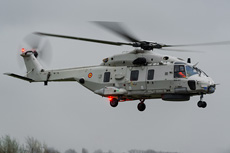
|
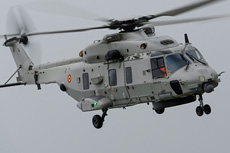
|
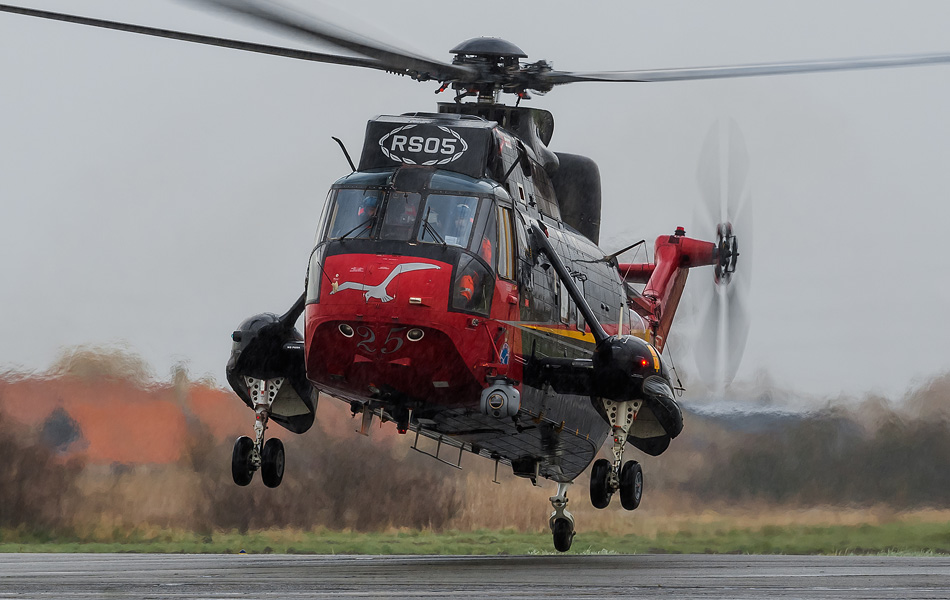
|
disaster. A total of 18 seriously injured persons were flown with the Sea-King to Belgium, because the Dutch Burn Centers handle the large amount of casualties. The Dutch government rewarded after the disaster the Belgian Sea-King crews to thank them for the help which was provided. The gas explosion in Ghislenghien is also a known disaster which happened in Belgium. The disaster took place on July 30, 2004, when an explosion took place in the industrial area of the Belgian town Ghislenghien in the province of Hainaut. After a leak was discovered, there was a heavy explosion with a huge fire. The explosion and the heavy fire which followed killed 24 people. The Sea-Kings flew 17 badly burned workers to hospitals as a result of this disaster. There were a total of 11 helicopters involved in the evacuation from different countries. On June 28, 2009 a small plane crashed in the North Sea along the Belgian coast line. A single-engine plane had engine troubles during the ferry flight from France to England. The pilot was still in his aircraft when the Sea-King arrived to pick up the pilot for salvation.
The final scramble which would be explained by Vandenbroucke is that of the collision between two cargo ships. On December 5, 2012 the crew of the Sea-King helicopter was called to carry out a rescue operation in the Dutch waters. There was a collision between two ships. The cargo ship Baltic Ace was sinking and 24 people were on board. The Belgian Sea-King was asked, because they were closest to the scene of the accident. The circumstances in which the crew carried out the mission were anything but ideal. It was night and there were lots of winter storms and waves with a height of up to three meters. Despite these difficult circumstances, the crew of the Sea-King carried out, after a thorough analysis of the risks, the rescue operation successfully. The crew of the first flight was able to spot seven persons in the water. The crew conducted a second flight and searched in vain for survivors until half past one at night. A total of fourteen people were killed that night, because the vessel sank in just 15 minutes. There were a total of two Sea-King helicopters involved in this action and major pilot Vandenbroucke was personally involved as a pilot of the second Sea-King. Besides the Belgian helicopter there were a Dutch civilian helicopter and two military helicopters involved in the rescue.
The 1500th person, who was saved, was saved by the Sea-King during an action on December 8, 2009. A fisherman was severely wounded after an accident aboard the Dutch fishing boat "Arnemuiden 4". The badly injured fisherman was evacuated from the fishing boat in the North Sea. The Sea-King is currently only kept air worthy to give the NH90 crews the time to get all the issues around training in order. There are currently five operational pilots flying the Sea-King; this means that there are still 2.5 crews available for this helicopter type. The withdrawal of the Sea-King crew began in 2015 when the first pilots were converted to the NH90. No pilots are trained anymore for the Sea-King. The flight engineers are attached to a particular helicopter type as well and are currently also converted to the NH90. The NH90 has currently 4.5 crews in operational duty. The Caiman is for now for 66% of the time on standby for the SAR task. Also at the organizational level of the 40 Squadron and Koksijde Air Base are reorganized. Lieutenant Colonel Aviator Peter Vandenbroucke was the last commanding officer of Koksijde Air Base. The banner of unity of the airbase was transferred on June 19, 2014 to the commander of the Air Component, Lieutenant General Aviator Claude Van de Voorde. Vandenbroucke has been retired from his function and he transferred the command to Colonel Aviator Georges Franchomme, corps commander of the 1 Wing. Franchomme subsequently appointed Lieutenant Colonel Aviator Evert Cuppens as commander of the new base command which is now referred to as the 1 Wing/Base Koksijde (abbreviated as 1W/BKOKS).
|
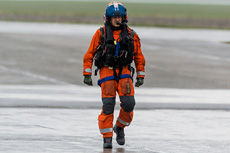
|
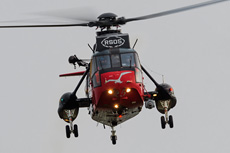
|
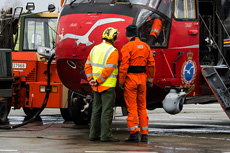
|
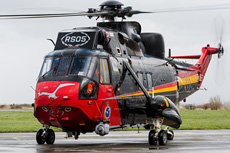
|
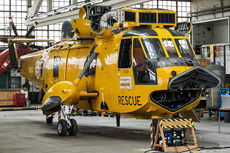
|
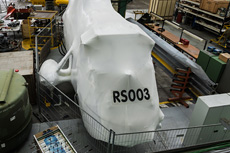
|
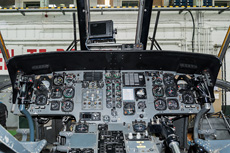
|
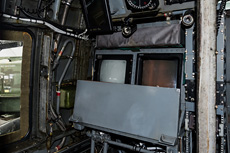
|
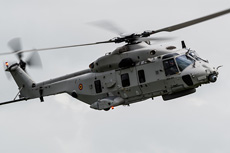
|
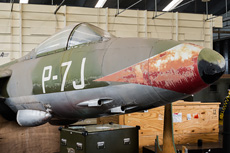
|
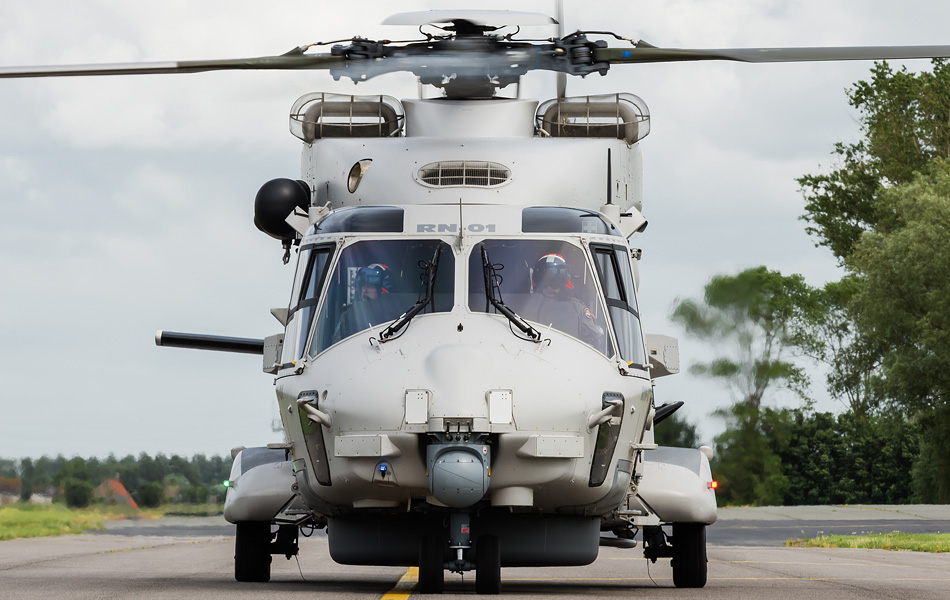
|
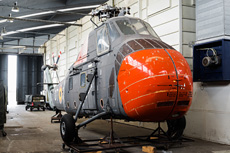
|
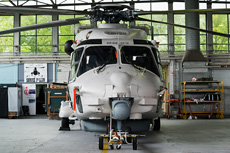
|
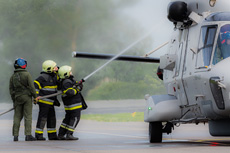
|
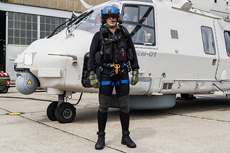
|
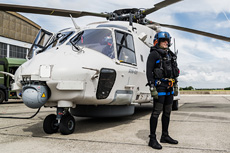
|
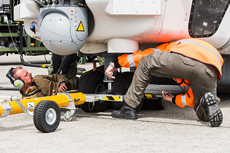
|
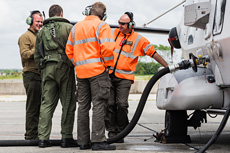
|
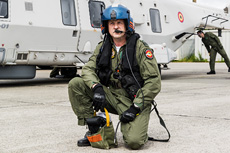
|
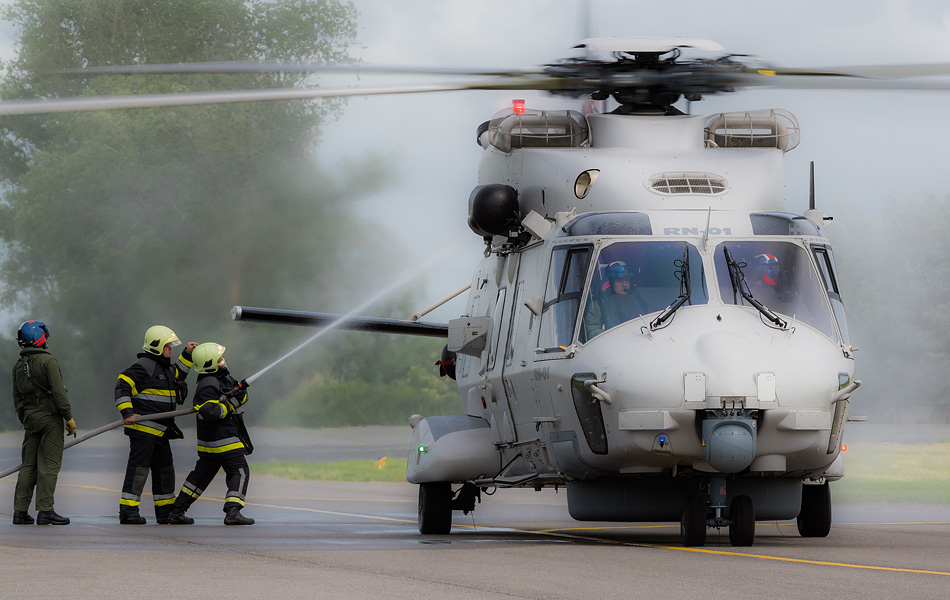
|
|
|

|







